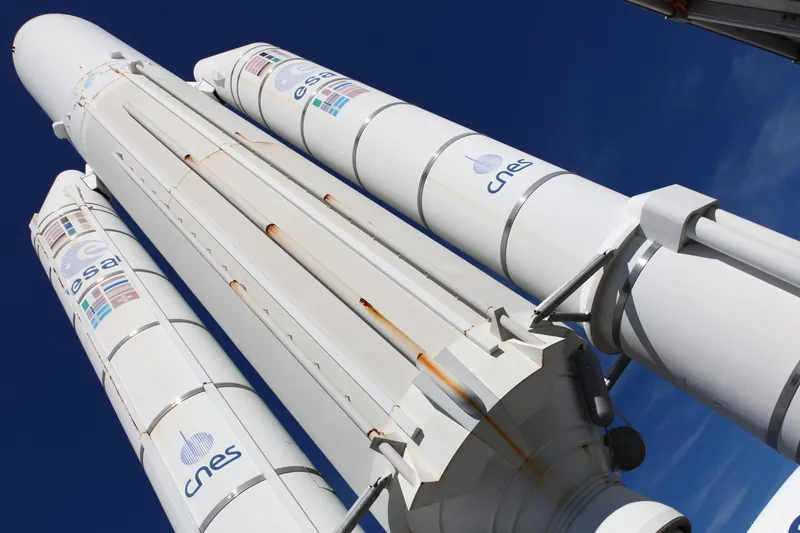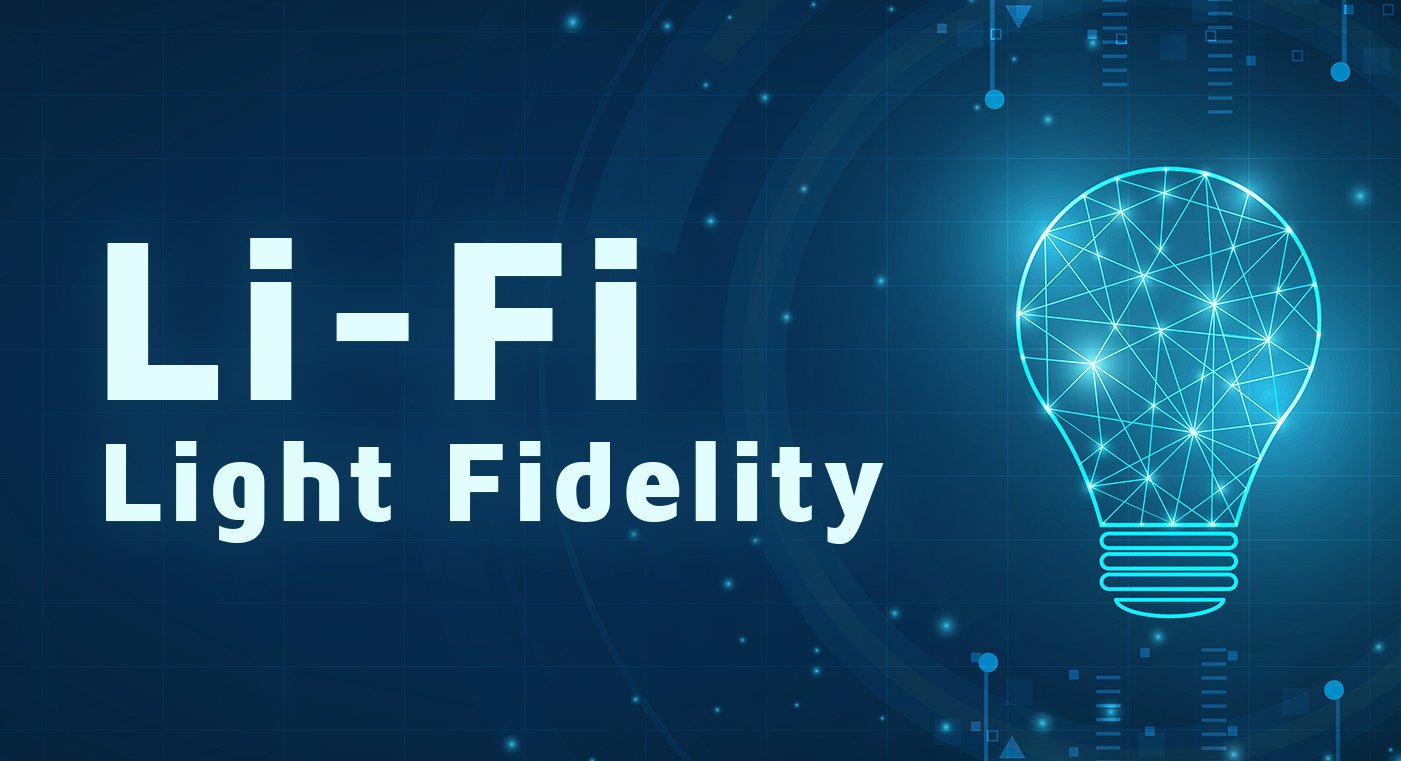
Blog
LiFi vs. WiFi: the fundamental differences
LiFi & WiFi, two similar sounding words, two wireless communication technologies, yet they have major differences. One uses light, the other radio frequency waves. One is at the dawn of its expansion, the other is anchored in our daily life. But between WiFi and LiFi, in an ultra-connected society where access to the Internet is as important as ever, which technology stands out? Today, WiFi is omnipresent in our society. In homes, in companies, institutions and communities, in transportation: humans have gradually built their relationship with the Internet until they've become mentally inseparable from WiFi. For many people, it's even difficult to imagine connectivity other than through WiFi. However, there is another technology, and it's on the way to revolutionizing wireless communication. This is LiFi, for Light Fidelity, a system of data transmission by light which is similar to WiFi (almost) only in the sound of its name. In fact, although these two technologies have in common that they are wireless data transmission methods, they differ in fundamental ways. With the ambitious expansion of connectivity through light, it's worth asking: LiFi or WiFi, which is better? This is the question we will try to answer in this article.

WiFi in brief
WiFi, which stands for Wireless Fidelity, is a technology for transmitting data using radio waves. It goes without saying that WiFi has drastically changed the concept of Internet connection by allowing its users to free themselves from the constraints of a wired connection. However, it has major drawbacks inherent to its operation. Firstly, WiFi, because of its wide range, is a solution highly prone to hacking. Indeed, any person located within the radius of the radio frequency waves emitted by a WiFi device can undertake to hack the data circulating there. Although there are passwords and other more or less sophisticated means of protection, the damage caused by cybercrime throughout history has proven that they are far from infallible. Secondly, the use of radio waves regularly leads to interference resulting in signal drops or losses, a phenomenon that tends to increase with the constant growth in the number of connected objects. Interference caused by radio waves also makes WiFi unsuitable for certain sectors, such as aeronautics. In addition, the impact of such exposure to radio waves on health raises questions and concerns, without any conclusive answer.
LiFi in brief
LiFi operates on visible light, the optical part of the electromagnetic spectrum. Resulting from years of extensive research, LiFi can now generate a high-speed Internet connection of up to 1 Gb/s, the equivalent of the fastest fiber optic offerings. LiFi connectivity is made possible by the imperceptible pulsation of a light beam emitted by an LED bulb located in the transmitting device (Access Point), captured by a receiving device plugged into the connected device (Dongle). Unlike WiFi, LiFi offers absolute security of the transmitted data, because its circulation is limited exclusively to the coverage area of the light beam(s), and the information can therefore never cross walls. Beyond the cybersecurity issues, LiFi allows uniform Internet coverage in its broadcast room. In practice, in a classroom of 32 students equipped with only two Access Points, each student can enjoy ultra-fast connection with no latency, even if he or she is surfing at the same time as everyone else. In addition, LiFi works entirely without radio waves. Therefore, it doesn't interfere with WiFi, 4G or 5G, or even with on-board equipment in aviation. This is how Oledcomm was able to equip an Air France plane with high-speed Internet in 2019 thanks to LiFi. The absence of radio frequency waves also means that LiFi is not harmful to health. Its application in schools, nurseries and hospitals will therefore make it possible to offer developing young people and frail people an optimal Internet connection without danger to their health.
Towards the connectivity of tomorrow
If LiFi and WiFi both have certain qualities and similar purposes, their differences should make us wonder about the future of Internet connection. But there is no question here of a David and Goliath confrontation. The real challenge in the emergence of LiFi is not to replace one technology by another. Above all, it's about extending the field of possibilities in the field of telecommunication, about redesigning tomorrow's Internet connection by pushing the limits of current technologies without giving up their benefits. A healthier, safer, more economical and more ecological future: this is what the development of LiFi around the world promises.
Recent articles

Categories
See some more...




